Scaffold design
osseointegration
Abstract – Influence of Trabecular Geometry on Scaffold Mechanical Behavior and MG-63 Cell Viability In a scaffold-based approach for bone tissue regeneration, control over morphometry allows balancing the biomechanical performance of the scaffold. In this experimental work, the trabecular geometry was obtained by a generative design process and the scaffolds were produced by vat photopolymerization with total porosity of 60% (P60), 70% (P70), and 80% (P80). The mechanical and biological performances of the produced scaffolds were studied and the results were correlated with morphometric parameters, with the aim of studying the influence of the trabecular geometry on the elastic modulus, the resistance to final compression of the scaffolds and the viability of the cells of the human osteosarcoma MG-63. The results showed that the P60 trabecular geometry meets the mechanical requirements of human mandibular trabecular bone. From the statistical analysis, a general trend can be deduced, suggesting strut thickness, degree of anisotropy, connectivity density and specific surface area as the main morphometric parameters influencing the biomechanical behavior of trabecular scaffolds.
Project objectives
- Analysis of Trabecular Scaffolds
- Correlation between Morphology and Biomechanical Properties
- Evaluation of Biological Properties
- Using DS3000 Resin
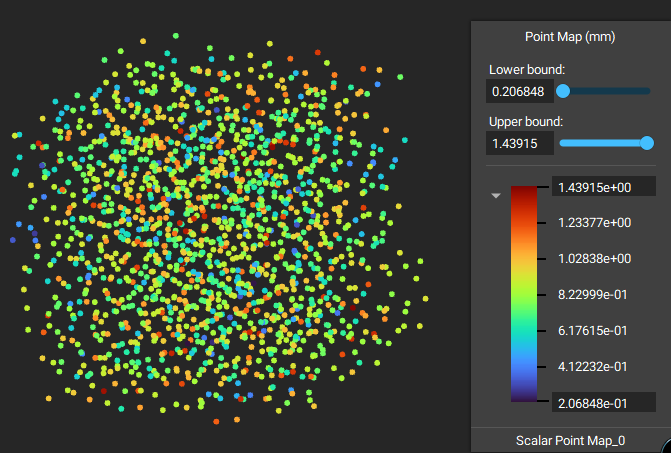
pROBLEM
One of the main objectives of this project is to contribute to the development of trabecular scaffolds that can promote better bone tissue regeneration. This is especially important in scenarios where it is necessary to replace or regenerate portions of bone damaged or lost due to disease, trauma or surgery.
SOLUTION
The solution is to use trabecular scaffolds made of the biocompatible DS3000 resin using the vat photopolymerization (VPP) technique to address challenges in bone tissue engineering and tissue regeneration.
DEVELOPMENT
the project involved the design, manufacturing and in-depth evaluation of trabecular scaffolds, with a focus on their application in bone tissue regeneration.
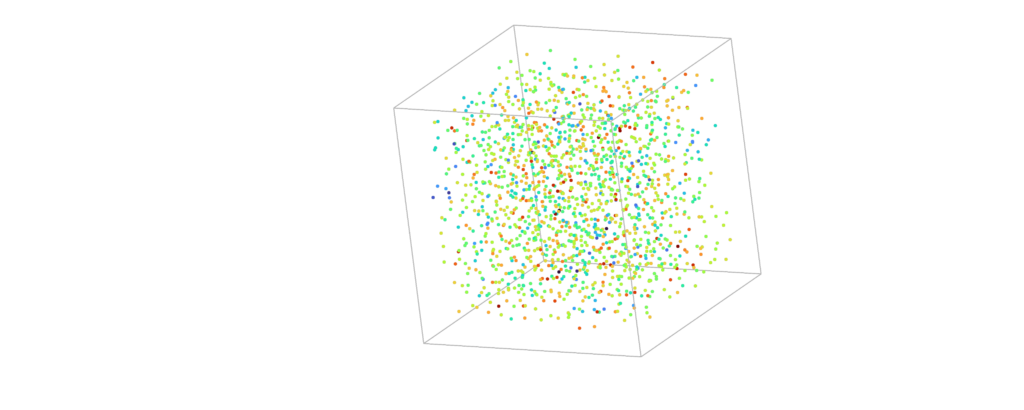
Intro
The research contributes to the understanding of the relationships between the morphological design, biomechanical and biological properties of trabecular scaffolds.
This contribution may be relevant for the scientific community involved in bone tissue engineering and applications related to tissue regeneration.
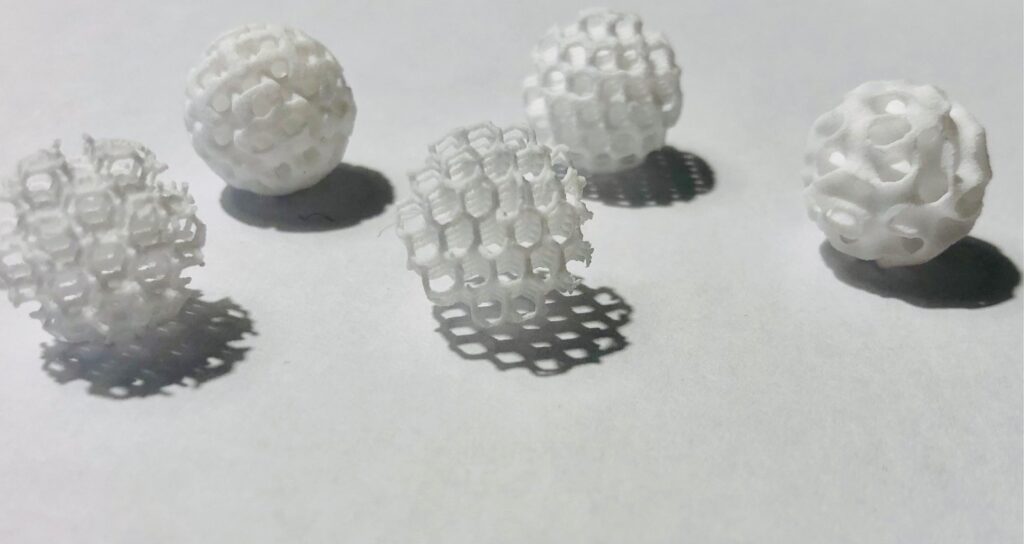
The project
The article discusses bone tissue engineering, focusing on the scaffold-based approach to preserving tissue functionality using synthetic substitutes. Controlling the morphometric parameters of the scaffold allows balancing the biomechanical performances, influencing the time and quality of regeneration. The importance of designing an adequate porous network and total porosity to promote cell growth and proliferation, avoiding stress-shielding phenomena in the host tissue, is underlined.
The development
A modern approach to scaffold design is presented based on hierarchical structures created by the repetition of a unit cell with well-defined geometry and properties. However, this approach produces architectures that do not fully replicate natural bone histomorphometry. To overcome this limitation, biomimetic scaffolds with trabecular structure are adopted, simulated through a generative design approach that allows complex shapes through an automatic modeling process, with the possibility of interactive customization of morphometric parameters.
In addition to design, the article highlights the crucial role of the biomaterial and manufacturing process in obtaining suitable trabecular scaffolds. The effectiveness of the layer-by-layer production typical of additive manufacturing is highlighted, with particular attention to vat photopolymerization (VPP) technology.
The commercial biocompatible resin DS3000 is mentioned, developed for medical applications with short contact with the body, used in various dental and biomimetic applications. A study is reported that created an in vitro model of a bone metastasis microenvironment with the DS3000, demonstrating its suitability for culturing mesenchymal stem cells and metastatic breast cancer cells.
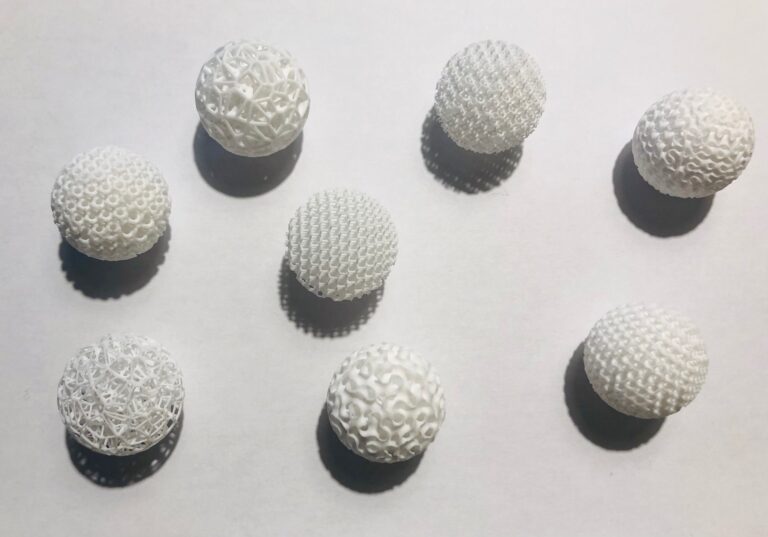
The article under review is based on the results of a previous study, relating the morphometric parameters of trabecular structures with their mechanical and biological behavior. Using the DS3000, trabecular scaffolds were produced using the vat photopolymerization technique. Three scaffolds with different porosities and average pore sizes were evaluated in terms of morphometry, mechanical and biological properties. The statistical analysis highlighted a general tendency of the morphometric parameters to mainly influence the biomechanical behavior of the scaffolds.
Form = Function

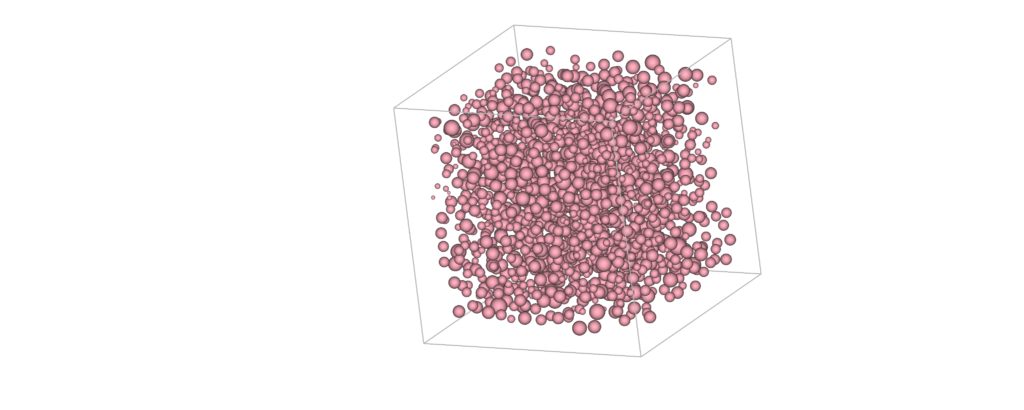
“In the modeling of lattice structures there are usually two main complications: the control of the geometric variables of the structure and the computational burden. For this reason we have chosen to opt for the use of the nTopology software which is an implicit modeller, therefore allowing both to have models of complex geometries with a low computational weight and to have a mathematical definition of the geometry and therefore its complete control. “
